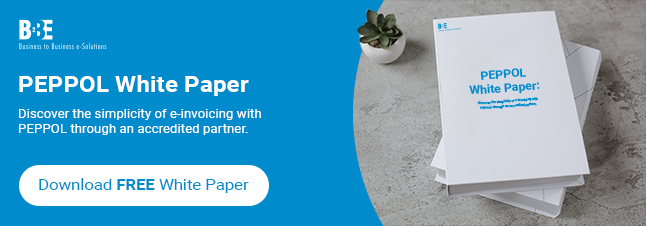E-invoice systems are transforming how businesses manage invoices under the Goods and Services Tax (GST) framework. Beyond being a requirement for compliance, it’s a smarter way to streamline billing, reduce errors, and improve transparency.
It also replaces manual, paper-based invoicing with a digital process that’s faster, more accurate, and more secure. Because it automates data exchange between a company’s accounting system and the government portal, e-facturering saves time and reduces errors in every transaction.
What Is the E-Invoice System?
The e-invoice system refers to the electronic authentication of invoices through a government-authorised portal. Under GST, businesses must submit B2B invoices to the Invoice Registration Portal (IRP), which validates the invoice and returns a unique Invoice Reference Number (IRN) and QR code.
This process ensures that every invoice is digitally recorded, reducing the risk of fraud and improving data accuracy. It also simplifies reporting by automatically populating GST returns and e-way bills.
How Does the E-Invoice System Work?
The e-invoice system follows a structured procedure:
1. Invoice Preparation
Businesses firstly generate invoices using their accounting or ERP software in a standard JSON format.
2. Submission to IRP
The invoice is uploaded to the Invoice Registration Portal for validation.
3. Authentication
The IRP checks the invoice details and generates a unique IRN and QR code.
4. Return to Supplier
The authenticated invoice is returned to the supplier with the IRN and QR code embedded.
5. Auto-Population
Invoice data is automatically shared with the GST and e-way bill systems, reducing manual entry.
This streamlined process eliminates manual data entry and reduces the risk of duplicate or incorrect invoices. Because the e-invoice system directly integrates with tax and transport systems, it helps maintain accuracy across departments and improves reporting efficiency.
What Is e-Invoice System in GST?
Under GST, the system ensures that every B2B invoice is reported electronically to the tax authorities. The system helps businesses comply with GST regulations by enabling automatic sharing of invoice details with the GST portal. This eliminates repetitive data entry during return filing and reduces the possibility of mismatched or rejected invoices.
The government’s goal is to make compliance seamless while improving transparency and efficiency in the tax ecosystem. Because all invoices are validated before they’re finalised, businesses gain confidence that their records are accurate and compliant from the start.
Building Efficiency Through Digital Invoicing
The e-invoice system is more than a compliance tool. It works as a gateway to better financial control. By automating invoice validation and reporting, it reduces manual effort, improves accuracy, and supports faster input tax credit reconciliation.
Businesses that embrace e-invoicing will benefit from smoother operations, stronger compliance, and better visibility across their accounts payable workflows. Read more about our e-invoicing solution to learn how you can benefit from better integration.

